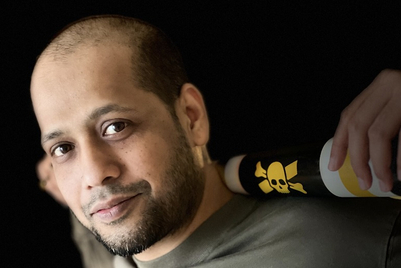
Part 1: Is the future about Digital or Integration?
Two years after dismantling its digital agency brand, Agency.com, TBWA is launching its new approach to meeting clients’ growing digital advertising needs.
The new structure will offer a range of digital capabilities including creative technology, e-commerce, social media, user experience, content, mobile, analytics and search, to help recruit more digital talent.
Could “disruptive” agency TBWA be declaring that standalone digital shops are a thing of the past as some seem to think? I don’t think so. I believe TBWA’s President and CEO Worldwide Tom Carroll and Omnicom Group’s CEO John Wren are making a smart move because more and more of their clients are asking for integrated digital capabilities. Recent wins such as the Four Seasons and Adidas have both asked for traditional and digital creative services.
“It’s not like digital is some voodoo that people inside the agencies aren’t familiar with.”
While adland’s other behemoths like Publicis Groupe, which owns Digitas, Razorfish and Rosetta, and WPP, which owns 24/7 Real Media and AKQA have been buying up big digital shops, Mr. Wren has long touted his preference for digital capabilities being integrated into Omnicom’s creative shops.
Some critics of this move say the risk is that many clients may not be truly ready to turn to shops that have historically been known for TV spots, print ads and out-of-home campaigns. Bunkum I say. It’s not like digital is foreign or new to ad agencies.
From where I sit, the future is not about digital or about traditional advertising. It’s about both, and that means integration of the two. TBWA is hoping that clients will to turn to them, as opposed to the standalone digital shops. They’ve made their bet on integration, and I believe that integration is the future of advertising.
Part 2: P&G’s liberation manifesto. Who could have imagined this?
It would have been unimaginable years ago to see heavyweight Proctor & Gamble (I use to call them Proctor without the Gamble) deliver a liberation manifesto for creative people. But that is just what Marc Pritchard, P&G Global Brand Building Officer did this week at the International Advertising Festival.
He argued for a fundamental reworking of mind-numbingly complex creative briefs. He pushed for an end to slavish reliance on copy-test scores. He pleaded for empowering marketing executives to take risks and say yes to big ideas their gut tells them will work. All this from a career P&G executive who started in finance.
He did make a strong case—as P&G’s approach now seems to be better creative work, which has won the company numerous honors at Cannes so far this year.
He said P&G was “taking a hard look at one of the major freedom killers — the creative brief”. P&G creative briefs use to be six (6) pages long. That’s about 5 pages too many.
Somewhere along the way, he got the message—that “aha” moment of clarity, where making a brilliant change to the way his company has been doing things for years, could literally change things for the better.
He said P&G has replaced the brief with the “business challenge.”
He also acknowledged P&G’s rigid adherence to copy testing and said it can lead “to the worst possible outcome for clients — creatives who stop bringing their best ideas, and, understandably, give us what they think we’ll buy.”
Mike Fromowitz is president and chief brand officer of Mantra Partners, a full-service advertising and branding agency. The company works for clients in Asia, South America, USA and Canada.
The article first appeared on Campaign Asia







.jpg&h=334&w=500&q=100&v=20250320&c=1)
.jpg&h=334&w=500&q=100&v=20250320&c=1)


.jpg&h=334&w=500&q=100&v=20250320&c=1)


.jpg&h=334&w=500&q=100&v=20250320&c=1)
.jpg&h=334&w=500&q=100&v=20250320&c=1)





.jpg&h=268&w=401&q=100&v=20250320&c=1)
.jpg&h=268&w=401&q=100&v=20250320&c=1)


